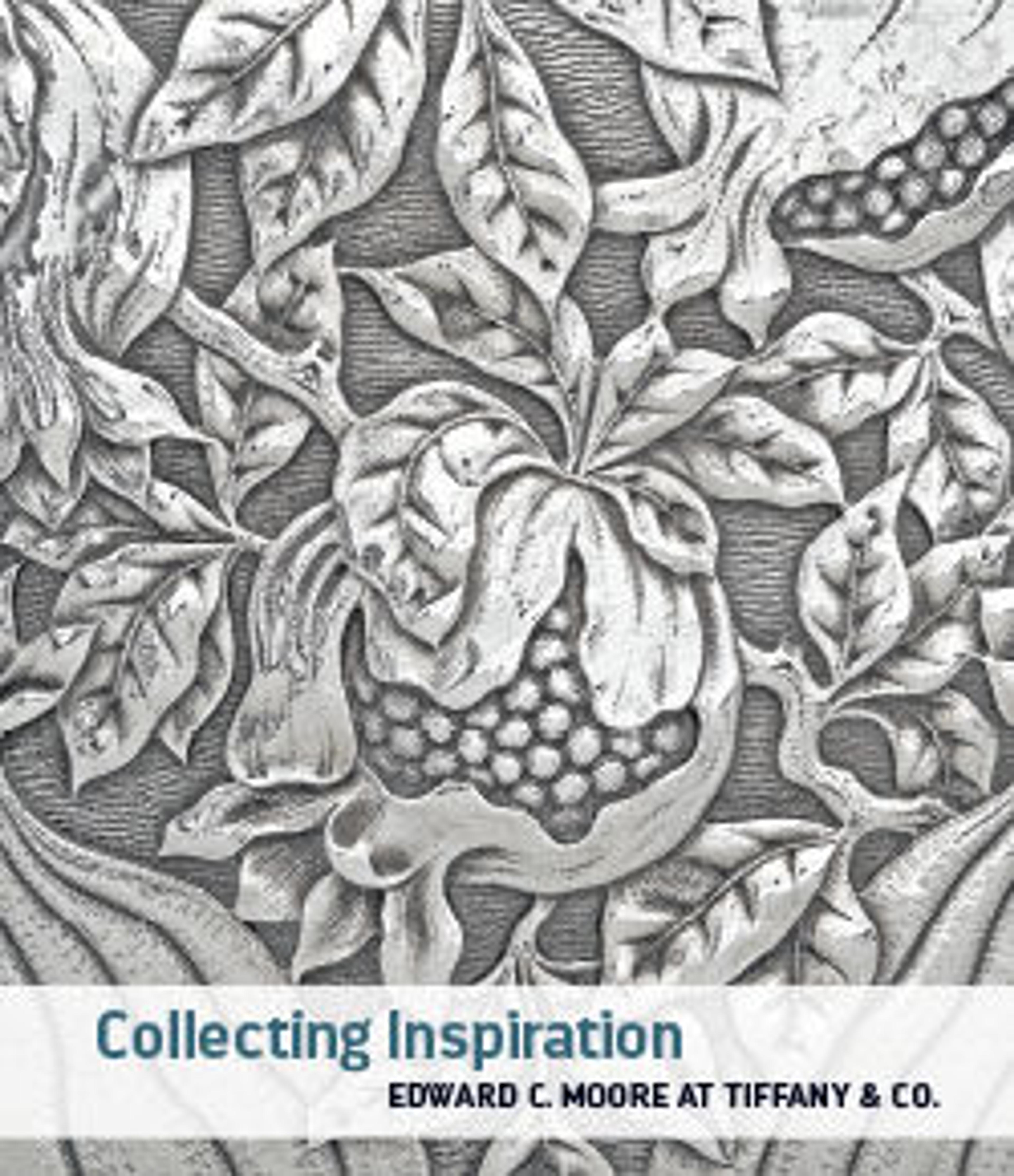English
The Bryant Vase
To honor the poet and newspaper editor William Cullen Bryant (1794–1878) on his eightieth birthday, a group of his friends commissioned “a commemorative Vase of original design and choice workmanship” that would “embody . . . the lessons of [his] literary and civic career.” Its design, which combines Renaissance Revival sensibilities with those of the Aesthetic movement, consists of a Greek vase form ornamented with symbolic imagery and motifs. The fretwork of American flora covering the body of the vase, including apple branches and blossoms, represents the beauty and wholesome quality of Bryant’s poetry, while the scenes in the oval medallions allude to his life and works. From the moment the commission was announced until well after its completion, the vase was widely publicized and celebrated. After it was presented to Bryant in 1876, Tiffany & Co. displayed it at the Centennial Exhibition in Philadelphia. The following year, the vase was presented to the Metropolitan Museum, making it the first acquisition of American silver to enter the Museum's collection.
Artwork Details
- Title: The Bryant Vase
- Manufacturer: Manufactured by Tiffany & Co. (1837–present)
- Designer: Designed by James Horton Whitehouse (1833–1902)
- Decorator: Chased by Eugene J. Soligny (1832–1901)
- Designer: Medallions by Augustus Saint-Gaudens (American, Dublin 1848–1907 Cornish, New Hampshire)
- Date: 1876
- Geography: Made in New York, New York, United States
- Culture: American
- Medium: Silver and gold
- Dimensions: 33 1/2 x 14 x 11 5/16 in. (85.1 x 35.6 x 28.7 cm); Diam. 11 5/16 in. (28.7cm); 452 oz. 16 dwt. (14084.2 g)
- Credit Line: Gift of William Cullen Bryant, 1877
- Object Number: 77.9a, b
- Curatorial Department: The American Wing
Audio
4526. The Bryant Vase
0:00
0:00
We're sorry, the transcript for this audio track is not available at this time. Please email info@metmuseum.org to request a transcript for this track.
More Artwork
Research Resources
The Met provides unparalleled resources for research and welcomes an international community of students and scholars. The Met's Open Access API is where creators and researchers can connect to the The Met collection. Open Access data and public domain images are available for unrestricted commercial and noncommercial use without permission or fee.
To request images under copyright and other restrictions, please use this Image Request form.
Feedback
We continue to research and examine historical and cultural context for objects in The Met collection. If you have comments or questions about this object record, please contact us using the form below. The Museum looks forward to receiving your comments.
